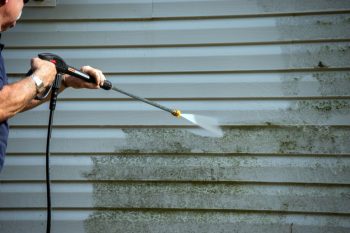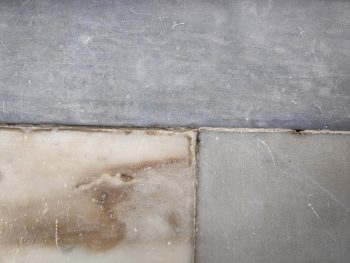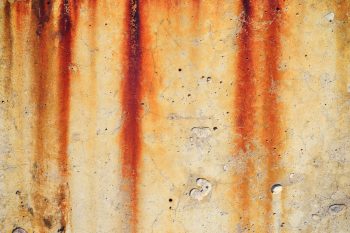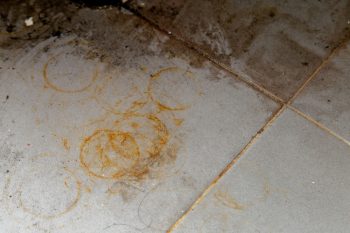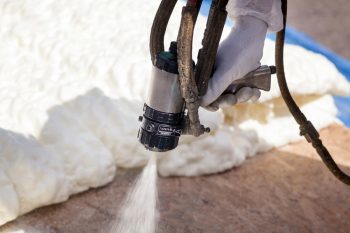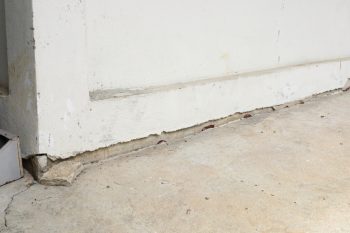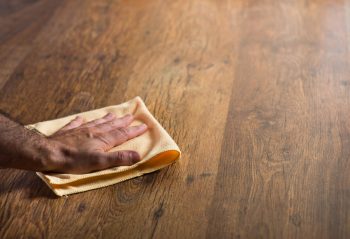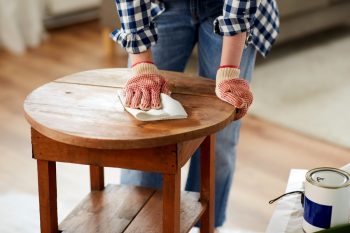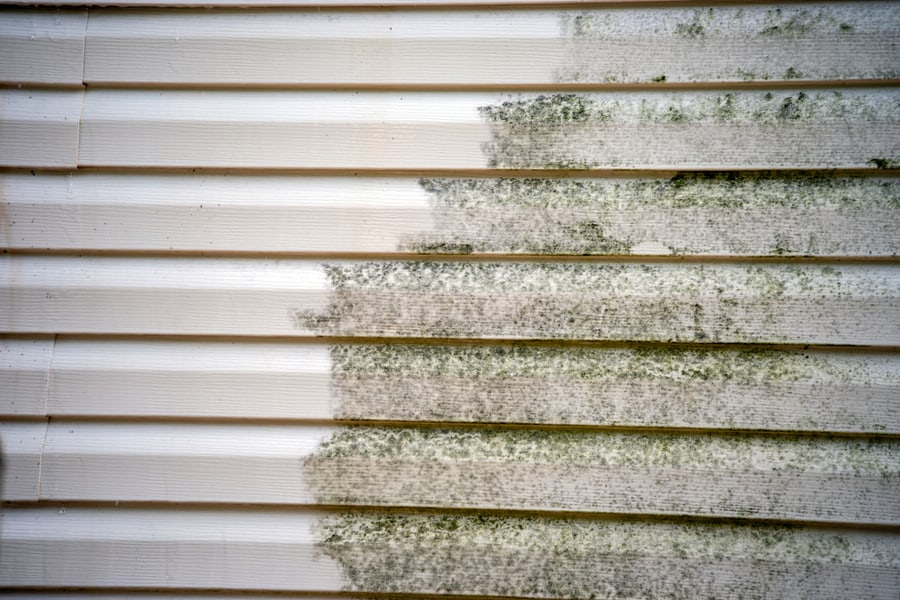
Mold is a fungus that often grows in dump areas. It appears as furry growth, black stains, and white, orange, brown, or green specks.
Not only is mold unsightly and smelly, but it’s also a health risk, especially when it grows inside your home. Unfortunately, it is not rare to find mold growing on the blinds and curtains in your house.
This is because the curtains and blinds soak up the water that condenses on the inner side of your windows after the sun hits the cold surface of the window. So removing the mold immediately after you notice it before it rots is vital.
Luckily, there are ways to do this and prevent the problem from reoccurring.
Mold can be a constant problem in your home, especially during warm, humid, and rainy summers.
In addition to leaving ugly patches and a musty smell on the surfaces it grows on, it can pose health risks, such as provoking asthma and other immune-related diseases.
Here are ways to eliminate a mold menace that may have affected your curtains and blinds and prevent it from happening again:
- Brush the curtain using a stiff-bristled brush and use a feather duster for blinds to remove the mold forming.
- Machine wash your curtains or take them to a specialist dry cleaner.
- Use white vinegar and a microfiber cloth to remove mold from your blinds.
- Keep your house well-ventilated.
- Reduce the moisture in your home by using a dehumidifier at intervals and putting silica gels near your curtains and blinds.
This is the best article if you notice mold forming on your curtains and blinds. Read on as you’ll learn how to get rid of the mold that has formed on these surfaces. You’ll also learn how to prevent further growth or reoccurrence of the substance.
We have provided you with readily available and fool-proof strategies below.
How To Remove Mold From Curtains
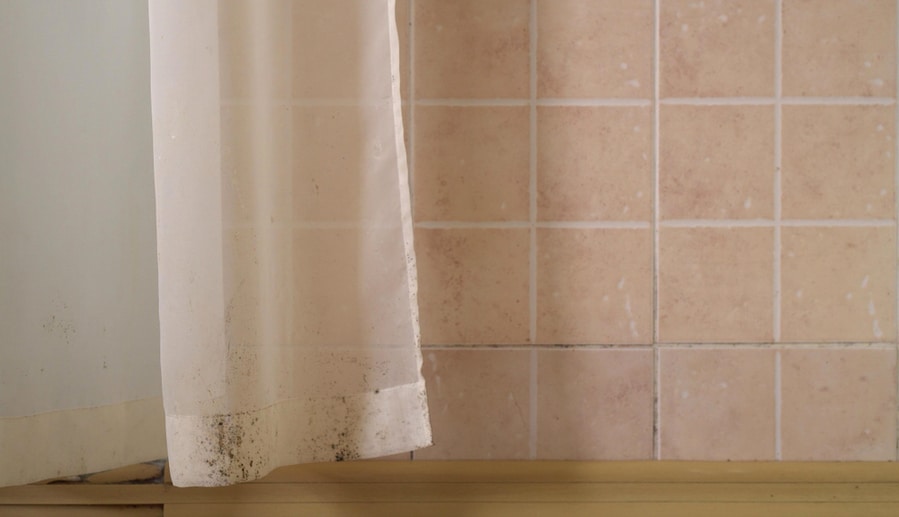
Mold begins releasing spores and volatile chemicals when you allow it to fester on a surface. This makes it a health threat and easy to transfer to other surfaces. Since your curtains are prone to mold growth, eliminating the mold immediately after you discover it is critical.
Before cleaning curtains, blinds, or any moldy surface, it is vital to wear protective equipment. This will reduce your exposure to mold, which, if inhaled, can be a health detriment. The protective equipment includes:
- An N-95 respirator.
- Eye goggles.
- You can discard or wash long pants and long-sleeved clothing after cleaning.
- Rubber gloves.
If your curtains or blinds are heavily infested with mold, it is best to call in a specialist to clean them or to get rid of them.
Here’s how you can get rid of mold and the spots they leave on your curtains:
1. Brush Off or Vaccum the Mold

Use a stiff-bristled brush to remove the mold from the fabric. Alternatively, you can use a vacuum with an upholstery attachment and ensure that you discard the vacuum bag after use.
Where possible, perform this step outside the house to prevent the mold spores from blowing onto other surfaces of your home.
2. Wash the Curtains
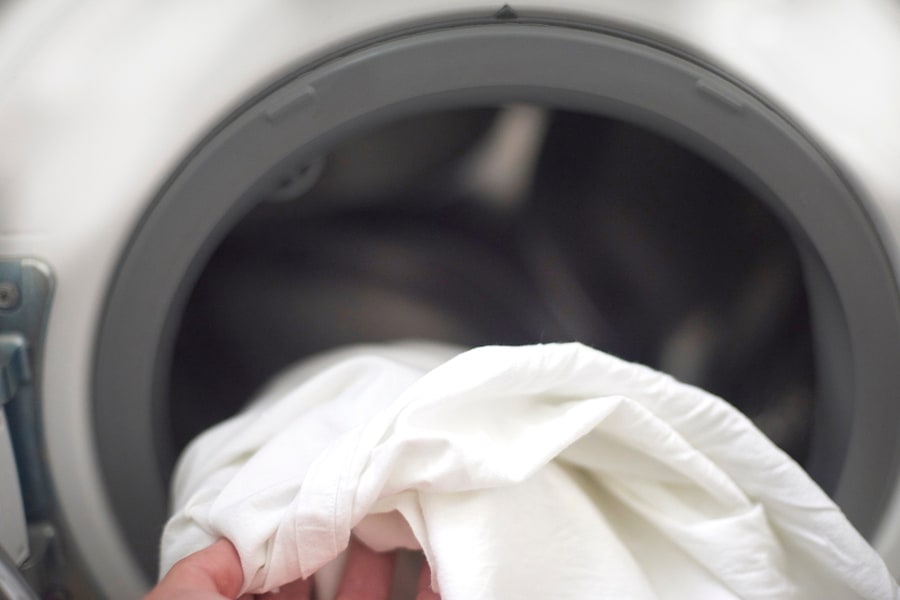
Depending on the care instructions for your curtain’s fabric, you can machine wash them or take them for dry cleaning.
Before machine washing them, apply a mixture of baking soda and vinegar to help with the smell and discoloration. You can then pass the curtains in a hot cycle to kill the mold.
If you take the curtains for dry cleaning, ensure that you let the specialists know about the mold so they can take the necessary precautions when washing them.
3. Allow the Curtains To Dry

Following the above two steps should remove the mold stains from your curtains, but if the stains are still stubborn, you may need to clean the curtains further. It is advisable to air dry the curtains instead of using a dryer.
How To Get Rid of Mold on Blinds
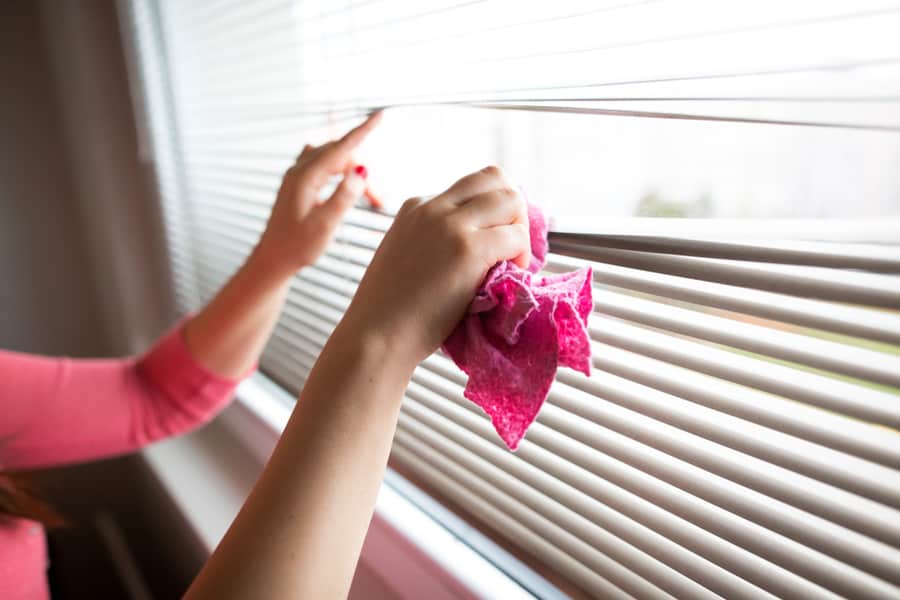
Cleaning mold from blinds can be easier since you can tackle slat by slat or unclip the slats to wash them from a flat surface.
Here are steps to follow when removing mold from blinds:
1. Dust the Blinds
Remove the loose dust and debris from the blinds using a soft brush. This will make it easier to clean moldy surfaces.
Remember to wear a mask when dusting the blinds to avoid inhaling the mold spores.
2. Vacuum the Blinds’ Slats
Use a vacuum cleaner to clean the edges and corners of the slats. Remember to dispose of the vacuum bag after vacuuming.
3. Wipe Each Slat Using a Soft Cloth
The next step is to wipe the slats using a microfiber cloth and your preferred mold cleaner. You can create efficient DIY mold cleaners using regular household items such as white vinegar, a mixture of clove oil and water, or a lemon juice and salt solution.
For stubborn stains, you can scrub using a toothbrush with soft bristles.
4. Allow To Dry
After wiping the slats, leave the blinds unrolled until the water dries to prevent the mold from reappearing.
Preventing Mold Formation on Curtains and Blinds
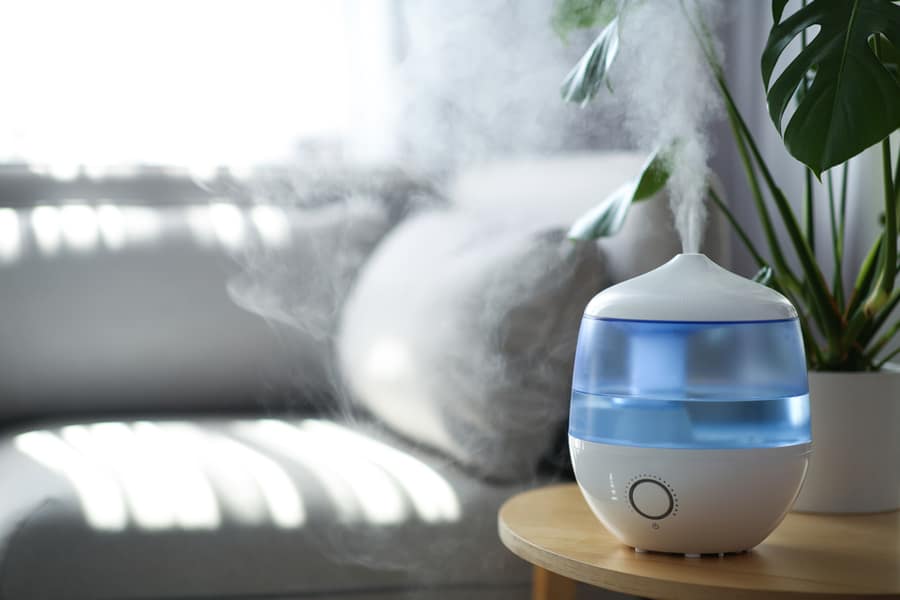
Since prevention is better than cure, preventing mold occurrence is better and easier than getting rid of it. In addition, since mold thrives in damp environments, most preventative measures are for reducing the moisture content in your home.
Here are some actions to keep mold at bay on your curtains and blinds.
1. Invest in a Dehumidifier
Consider buying a stand-alone air conditioner to dehumidify your house and keep it at the appropriate 30-60% humidity. Mold cannot develop in a low-humidity environment.
2. Ventilate Your Home
To prevent moisture build-up inside your home, you must open the windows during the day to allow air circulation.
Additionally, avoid keeping wet items, such as clothes and shoes, inside the house and repair plumbing leaks immediately to prevent moisture accumulation.
3. Clean Your Windows, Curtains, and Blinds Often
It would be best to clean your windows, curtains, and blinds regularly. This will deter the growth of any mold that may have been forming.
You’ll also prevent its spread to other parts of the house.
4. Invest in Exhaust Fans
Consider installing exhaust fans in areas of your house where water vapor is often created. This may include bathrooms and the kitchen.
Ideally, exhaust fans expel humid air from the house through a duct system allowing the air to be replaced with fresh air through the vent or other openings.
Conclusion
Mold can take away from your home’s beauty and coziness by leaving stubborn stains on your curtains and emitting a foul smell. It is also a health threat to you and your family that you should not treat lightly.
If you notice mold formation on your curtains or blinds, it is paramount that you clean them using the tips in this article.
Additionally, it would be best if you follow the preventative measures we’ve provided to reduce the moisture level in your home to avert instances of mold formation.
Frequently Asked Questions
Will Vinegar Remove Mold From My Curtains?
Yes. Baking soda and white vinegar can remove mold stains and smell. Spray the mixture on the moldy patches and leave it for at least 30 mins before machine washing the curtains.
Why Is There Mold on My Blinds?
Blinds are bound to develop mold when condensation occurs. Also, blinds grow mold if they are in a moist environment such as a bathroom or kitchen.
To avoid this, try reducing the house’s humidity by installing exhaust fans or having dehumidifiers.
How Do You Stop Mold From Reoccurring?
The only way to prevent mold from returning is to reduce the moisture levels in your home. This includes not keeping wet items in the house, using dehumidifiers, installing exhaust fans, and keeping the house ventilated.
